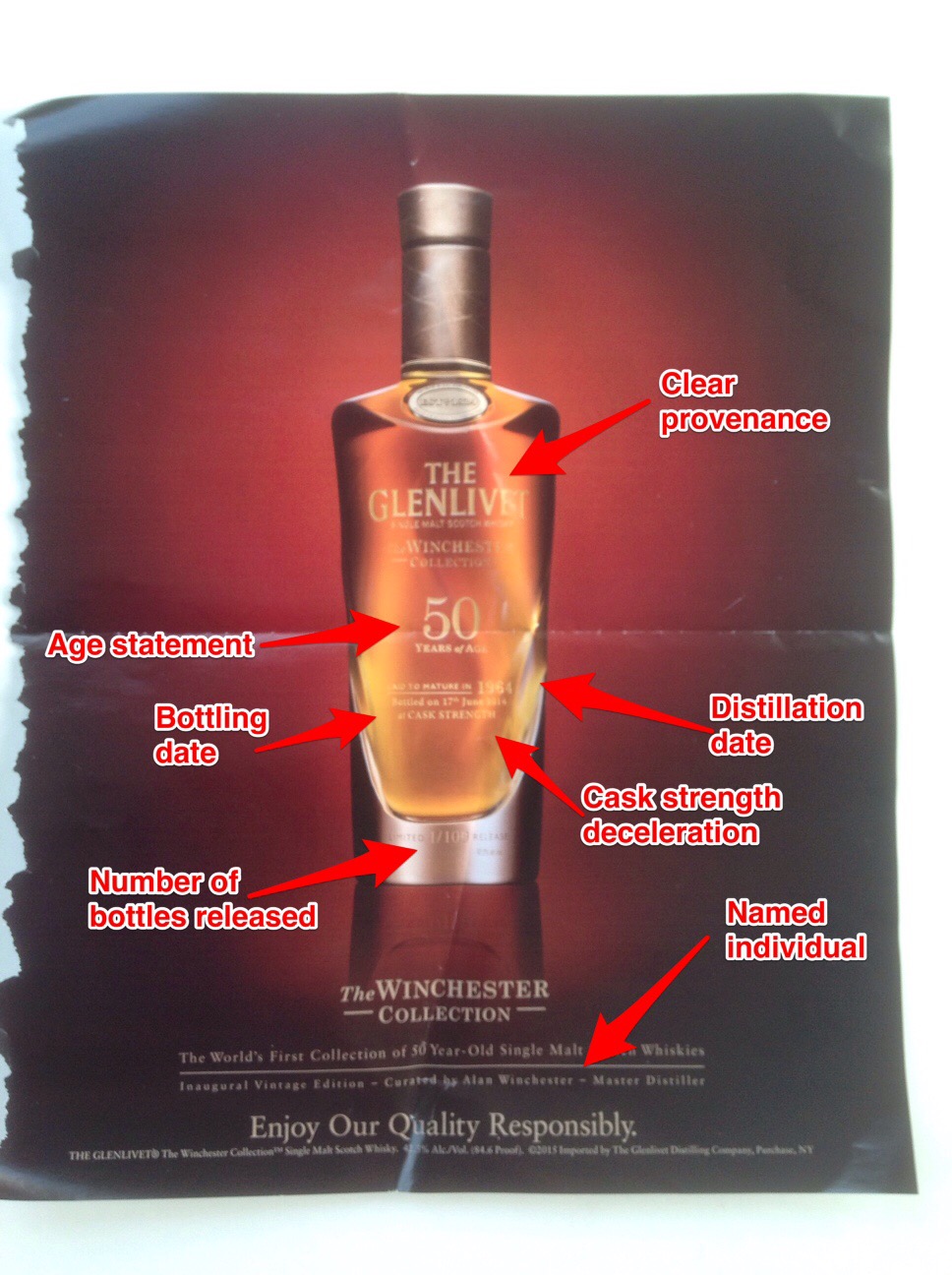As a brand and communication specialist I make an effort to experience as many brand activation events as I can. It serves two important purposes - the first is obvious; seeing what a brand is communicating, how they do it and the second; how the target consumer reacts to the experience. On Tuesday I had the opportunity to attend two such events. The first I knew very little about in advance - it proved to be one of the most exceptional efforts I've experienced, engaging and on-strategy. The second....well let's leave that for now.
It has been hard to avoid the advertising for the watchmaker Patek Philippe "Watch Art Grand Exhibition" in the Saatchi Gallery in London. A 10 day exhibition to celebrate their 175th anniversary, walk up Bond Street and Patek Philipe stockists all had the exhibition flyer to hand, open up the Financial Times and there was an ad, hail a black cab in Mayfair and there was a moving ad. For me this raised the question just how interesting could a watch exhibition be ?
I didn't even need to walk in to have that question answered. I've never witnessed such spontaneous plaudits for a brand event as people walked out of the Saatchi Gallery and into the London sun.
This was a powerful exercise in brand immersion. A self guided tour (although headphones were available) winded through over 16 rooms. Attendants punched your 'Visitor Pass' to keep you on track as you moved from environment to environment - it had that trademark Swiss efficiency.
Historical context and brand values were to the fore throughout brought to life with an eye for detail (something which you would expect from a precision craft). You didn't just sit on regular seats to watch a little film about the founding of the company you sat on replica red velvet, hinged movie theater seats. The light and background music matched the message and provided the optimal conditions to learn about the brand. Turn a corner and you felt you were in Geneva looking over Lac Leman.
But ultimately Patek Philippe is about watch making and as the exhibition turned more 'technical' they had spared no expense. The settings were certainly appropriate but the human resourcing transformed this to a different level. Actual Patek Philippe watch makers and technicians were there - no question was too small or too obvious. Their pride at being both employees and to have the opportunity to represent the company in London was to the fore. All of this meant we ended up staying for 90 minutes when we intended only 30 and even then we didn't want to leave, stopping for coffee in a contemporary environment they had created at the end of the exhibition.
Patek Philippe is not a mass brand but their aim to create an experience where a relatively large number of trade specialists (I'm sure they will have hosted private events for their trade customers), owners, enthusiasts and the owners of tomorrow could be immersed in the brand was achieved.
Luxury brands need a strong underpinning of aspiration - others must want what few can afford in order to help maintain that allure. Patek Philippe have found a way of delivering that on their terms. That's indicative of a confident brand. The only question which remained unanswered despite us asking was where the exhibition goes next - I hope it goes somewhere, it's too good not too.
In summary, they got these things right;
- an experience which reflected their values
- strong focus on the supporting details which created a memorable environment
- tech that worked but with the opportunity for human interaction
- support collateral such as the punched ticket and the gift bagged catalog to take home ensured the experience endured.
This certainly was not an inexpensive effort but these endeavors should only be contemplated if they are going to be done well.
PS I said at the beginning that Tuesday was about two brand experiences. Indeed it was. The second (which had an admissions fee payable in advance) was over-hyped, superficial and with a tired approach to consumer engagement. Shuffled between a couple of rooms one had ample time to enjoy the architecture of the surroundings and that was about it. I'll spare the brand further embarrassment, suffice to say the experience provided a checklist in how not to deliver a customer experience.


